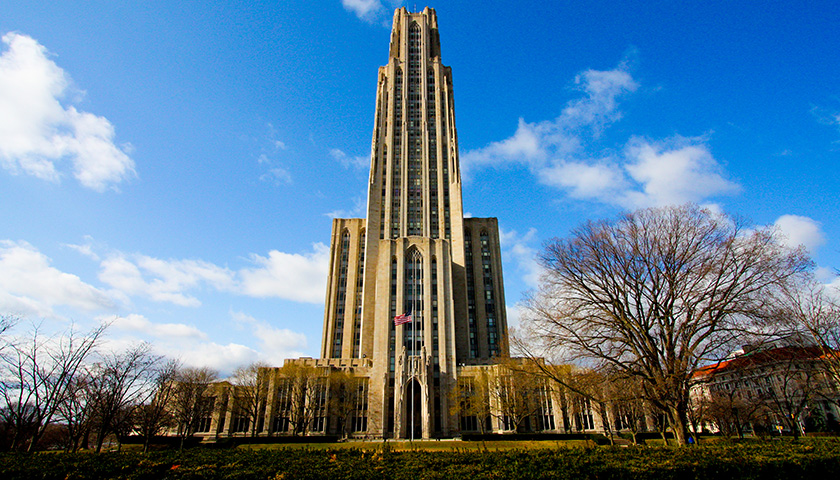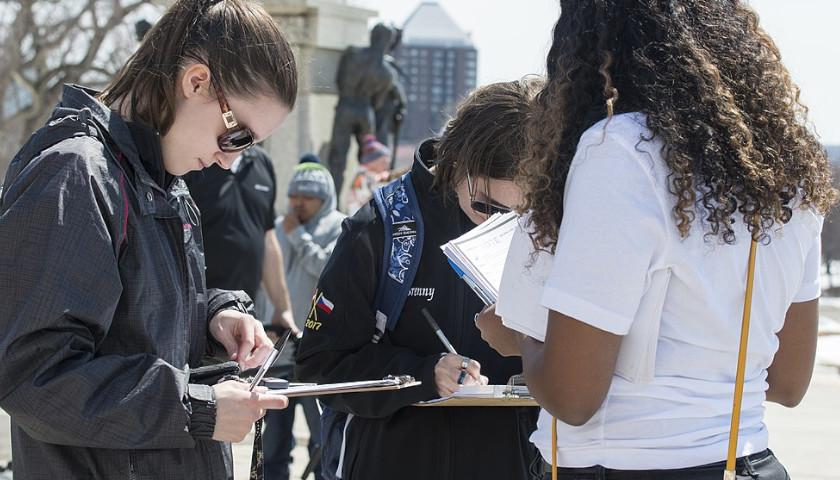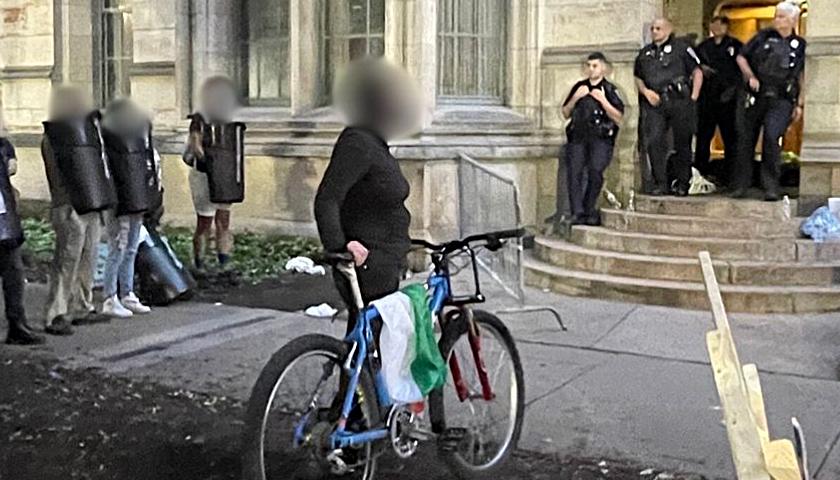A bill to create a performance-based funding incentive for three public universities passed the Pennsylvania House Education Committee on Monday, with all 15 Republicans supportive and all 10 Democrats opposed.
Beginning in fiscal year 2023-24, the bill would apply to Pennsylvania State University, Temple University and the University of Pittsburgh, three of Pennsylvania’s four state-related universities. (The fourth, Lincoln University, is a historically black institution that relies primarily on commonwealth funding.)
Taxpayers supply a nontrivial minority of the dollars that the affected universities spend annually to operate. Their respective total yearly budgets range between $1.2 billion for Temple to $7.7 billion for Penn State. For the current fiscal year, Penn State’s 20 campuses (including the affiliated Pennsylvania College of Technology) received $268,832,000 altogether in taxpayer money; Temple’s eight locations meanwhile got $158,200,000 in total and the University of Pittsburgh’s five sites received $152 million.
The proposed incentive structure, sponsored by State Representative Jesse Topper (R-Bedford), establishes a formula whereby a portion between three and 10 percent of the state’s allocations to the affected schools would be based on the institutions’ performance in several areas. These include graduation rates for bachelor’s and associate’s degree seekers; post-graduation employment and earnings; the number of students enrolled in scientific, agricultural, scientific, or technical fields; as well as the number of high-school attendees who are dual-enrolled and the number of credits they earn.
Such standards could be expanded by a performance-based funding council that would be set up within the Pennsylvania Higher Education Assistance Agency.
Topper told committee colleagues that Temple, Pitt and Penn State officials were all “very receptive to the idea” of a performance-incentive mechanism. He bemoaned the current process by which state lawmakers determine higher-education funding wherein legislators do not receive detailed reports to justify state-related university spending. Topper said his reform would make the budgeting more transparent.
“I’ve learned more, working on this legislation, about [these three schools] than I ever knew before when I was voting to give them $157 to $158 million a year,” he said. “At some point, we have to be able to realize that we’re just throwing darts at a wall sometimes with our funding … . I think this actually puts us in a better position to understand what they’re providing for the commonwealth considering the amount of money that we send their way.”
In remarks against the bill, committee Minority Chair Mark Longietti (D-Hermitage) expressed wariness of entrusting decision-making about performance metrics to an “unelected board” of state education officials, legislative appointees, and other experts.
“This type of shortcut legislating leads to flawed policy and unintended consequences,” Longietti said. “Trial and error is not a sound strategy when it comes to educating the next generation of Pennsylvanians.”
State Rep. Rob Mercuri (R-Wexford) disputed the minority chair’s concern, noting that the House panel passed Mercuri’s amendment to the bill (also with no Democratic support) to ensure that council nominees get confirmed by the State Senate. He and Topper also emphasized that, whatever the board decides regarding the metrics, the General Assembly has the final say over the appropriations.
“I do think that it’s high time that we hold to account our state-related institutions … and I think this proposal is a great way to lay a foundation for accountability and transparency,” Mercuri said.
The schools under discussion charge in-state tuitions beginning at around $17,000 and out-of-state tuitions reaching over $32,000. The three universities all enjoy desirable fiscal circumstances, currently possessing endowments ranging between $873 million for Temple to $4.61 billion for Penn State.
– – –
Bradley Vasoli is managing editor of The Pennsylvania Daily Star. Follow Brad on Twitter at @BVasoli. Email tips to [email protected].
Photo “University of Pittsburgh” by Yisong Yue. CC BY-SA 2.0.





